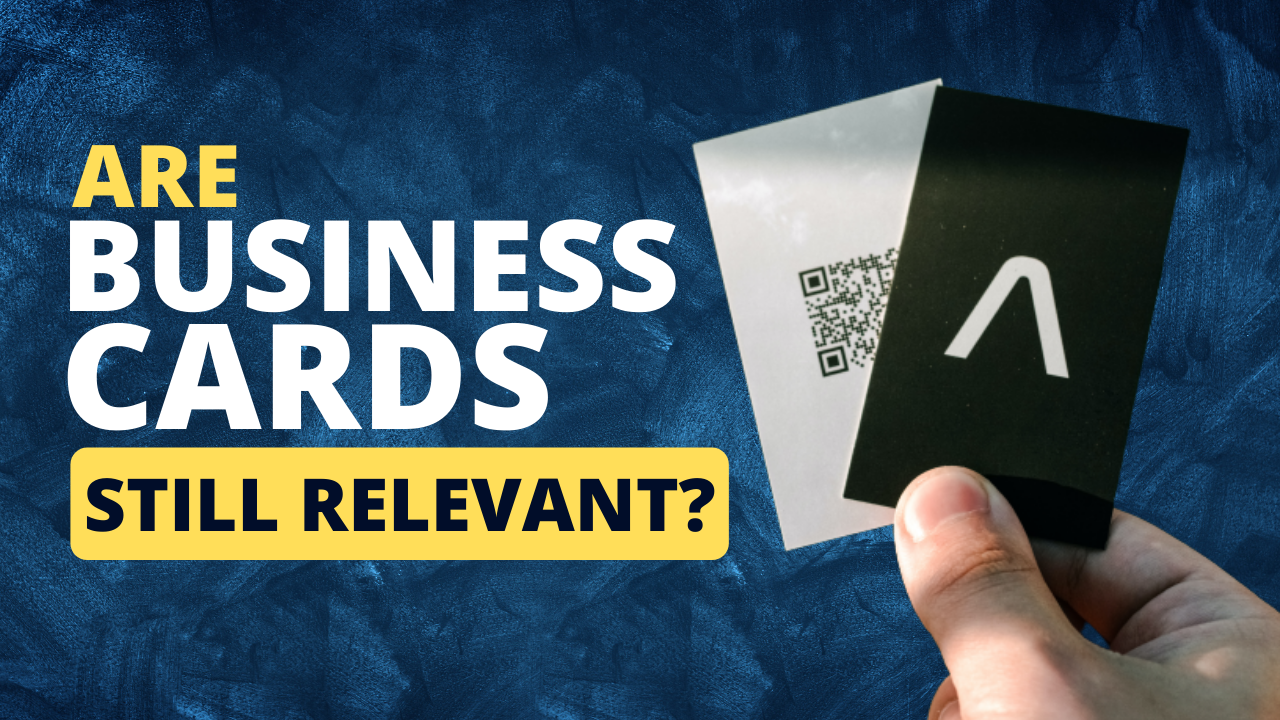Exchanging business cards was an important part of the customer/client relationship. Since COVID, there are less face to face meetings and less cards being exchanged. Couple that with evolving communication technology and a person can wonder if the business card is past its prime.
This video discusses the potential demise of the business card and provides a full tutorial on making your own NFC business card (you are going to need these blank NFC cards).
The tutorial offers a solution that is significantly cheaper than Linq or Popl.





